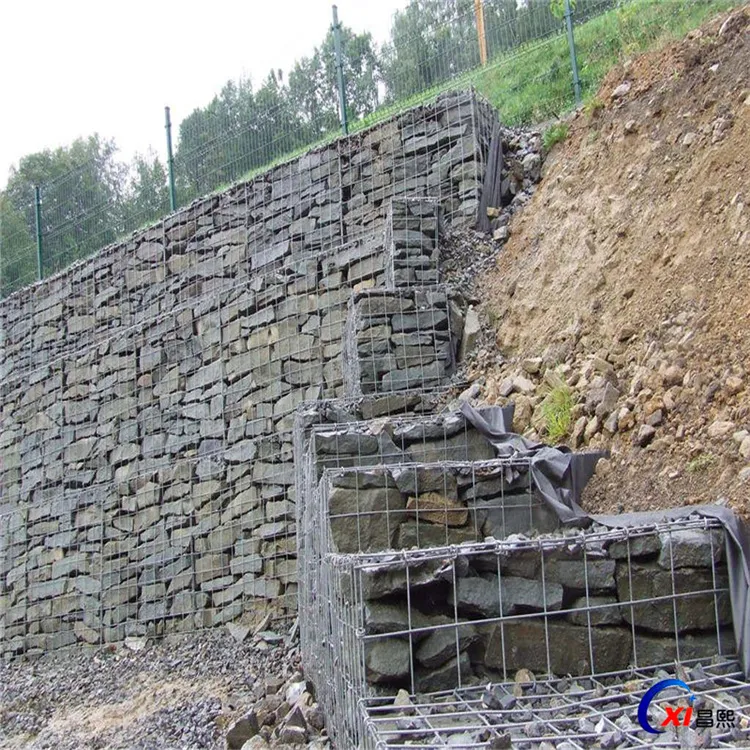Chain link fencing, a popular choice for both residential and commercial properties, is cherished for its affordability, durability, and minimal maintenance requirements. When considering installing a chain link fence, understanding the cost per linear foot is paramount for comprehensive budget planning. This article delves into the various factors influencing the cost of chain link fencing per foot and provides insights that are rooted in industry expertise and reliability.

Chain link fences are often chosen for their balance between cost and functionality. Unlike wooden or vinyl options,
chain link fencing offers a cost-effective solution without compromising security. The cost per foot can vary, generally ranging from $5 to $20. The price variation is dependent on several intrinsic and extrinsic factors.
One primary determinant of cost is the material grade of the chain link. Galvanized steel is the most common and economical option, offering a basic level of rust resistance. For enhanced durability, vinyl-coated chain link fences are available, providing an aesthetic appeal with added protection against the elements. However, these can drive up the price per foot due to their superior resilience and appearance.

The gauge or thickness of the wire also significantly affects the price. A lower gauge number indicates a thicker, and thus sturdier, wire. For residential purposes, a 12-gauge wire is suitable and cost-effective. For commercial or high-security areas, opting for a thicker 9- or 11-gauge wire is advisable, though this will naturally increase the overall installation cost per foot.
Height is another key factor. Standard residential fences stand at 4 to 6 feet tall, but commercial or security fences can reach heights of 8 to 12 feet, resulting in a higher cost per foot due to the additional materials required. Additionally, taller fences may require permission from local authorities, potentially incurring extra costs.
Installation complexity plays a significant role in pricing. Flat, easy-to-dig terrains are ideal and cheaper compared to rocky or sloped areas that demand more labor and specialized equipment. Furthermore, the requirement for additional features such as gates, barbed wire for added security, or privacy slats can also influence the overall cost per foot, as these add-ons require more materials and labor.
cost of chain link fencing per foot
The geographical location of the installation can affect the cost due to variations in labor costs and material availability. Urban areas tend to have higher labor rates compared to rural regions, impacting the final cost per linear foot. Additionally, local climate conditions may necessitate specific treatments or coatings to the chain link to prevent rust and corrosion, which can also vary in cost.
It's important to highlight that while initial costs are crucial, the long-term value offered by chain link fencing is equally important. With minimal maintenance, a well-installed chain link fence can last 15 to 20 years. Routine checks and occasional repairs are all that is needed to maintain its integrity, making it a cost-effective solution over the years.
For those concerned with the aesthetics or privacy aspects of chain link fencing, there are numerous customization options available. Various colors for the vinyl coating can complement your property's exterior, while privacy slats can be inserted into the mesh to provide visual blockage and enhance the fence's appearance. While these customizations can elevate the cost, they add significant value to the investment.
Selecting a reputable contractor is crucial when considering installation. An experienced installer not only ensures quality workmanship but can also offer valuable insights into cost-saving measures, such as appropriate material choices and effective fence placement to optimize coverage and durability.
In conclusion, the cost of chain link fencing per foot is influenced by several factors including material quality, wire gauge, fence height, installation complexity, additional features, and geographical considerations. Understanding these variables equips property owners with the knowledge to make informed decisions tailored to their budget and specific needs. As a cost-efficient and long-term fencing option, chain link remains a practical choice for those seeking reliability and peace of mind. When selecting a chain link fence, balancing cost with future value is essential, making it not just an expenditure but a worthwhile investment in property security and aesthetics.
























